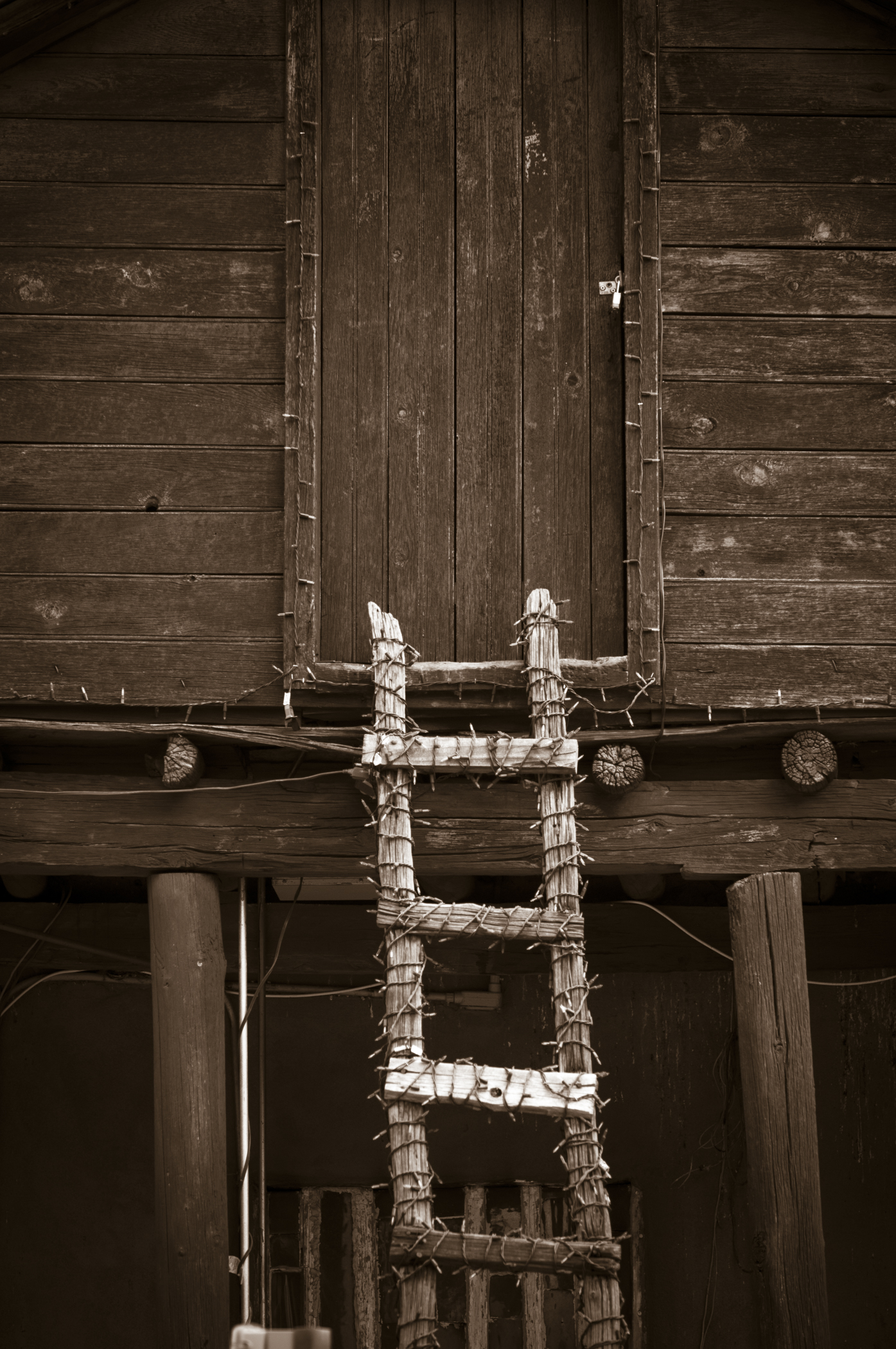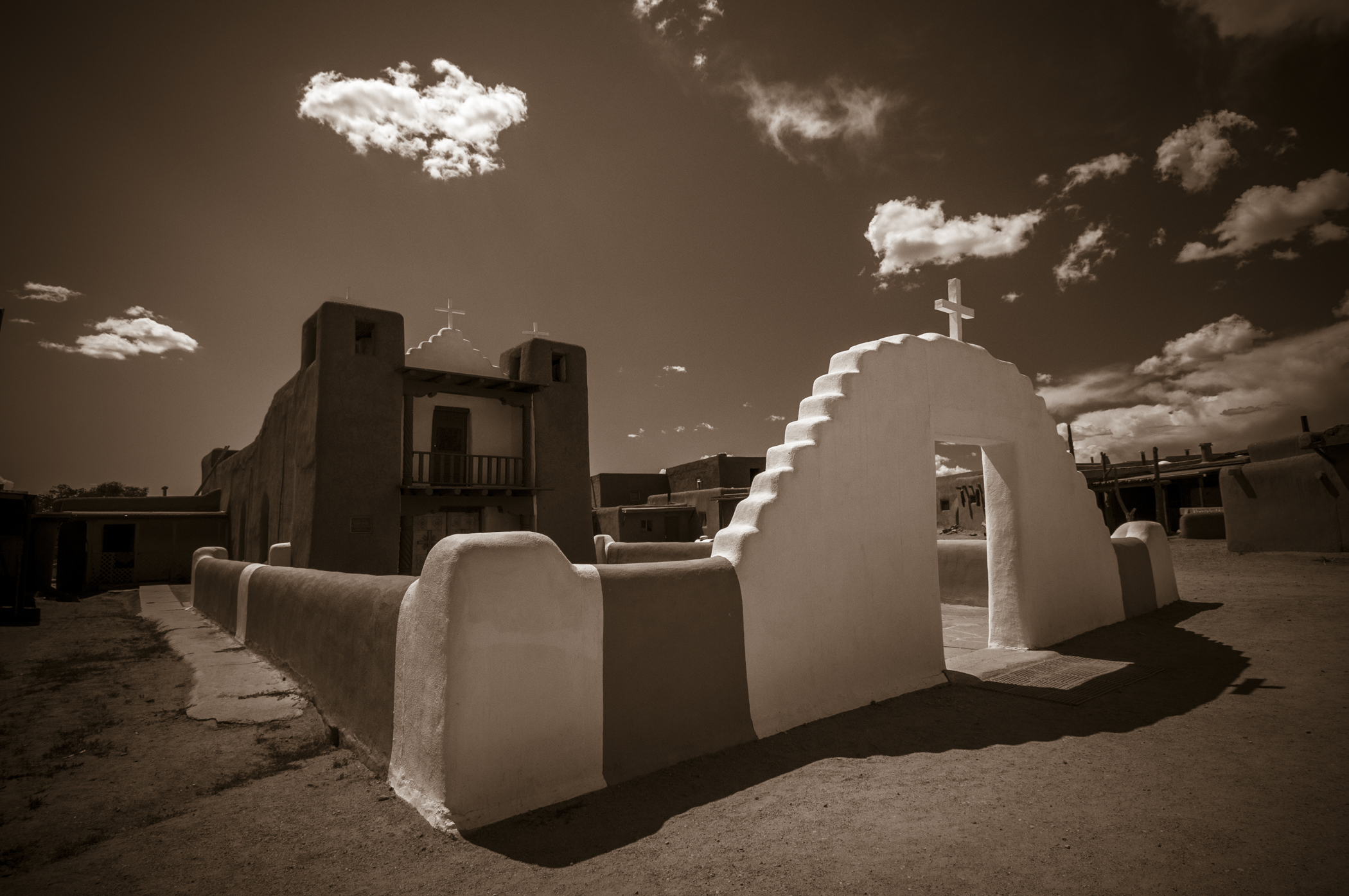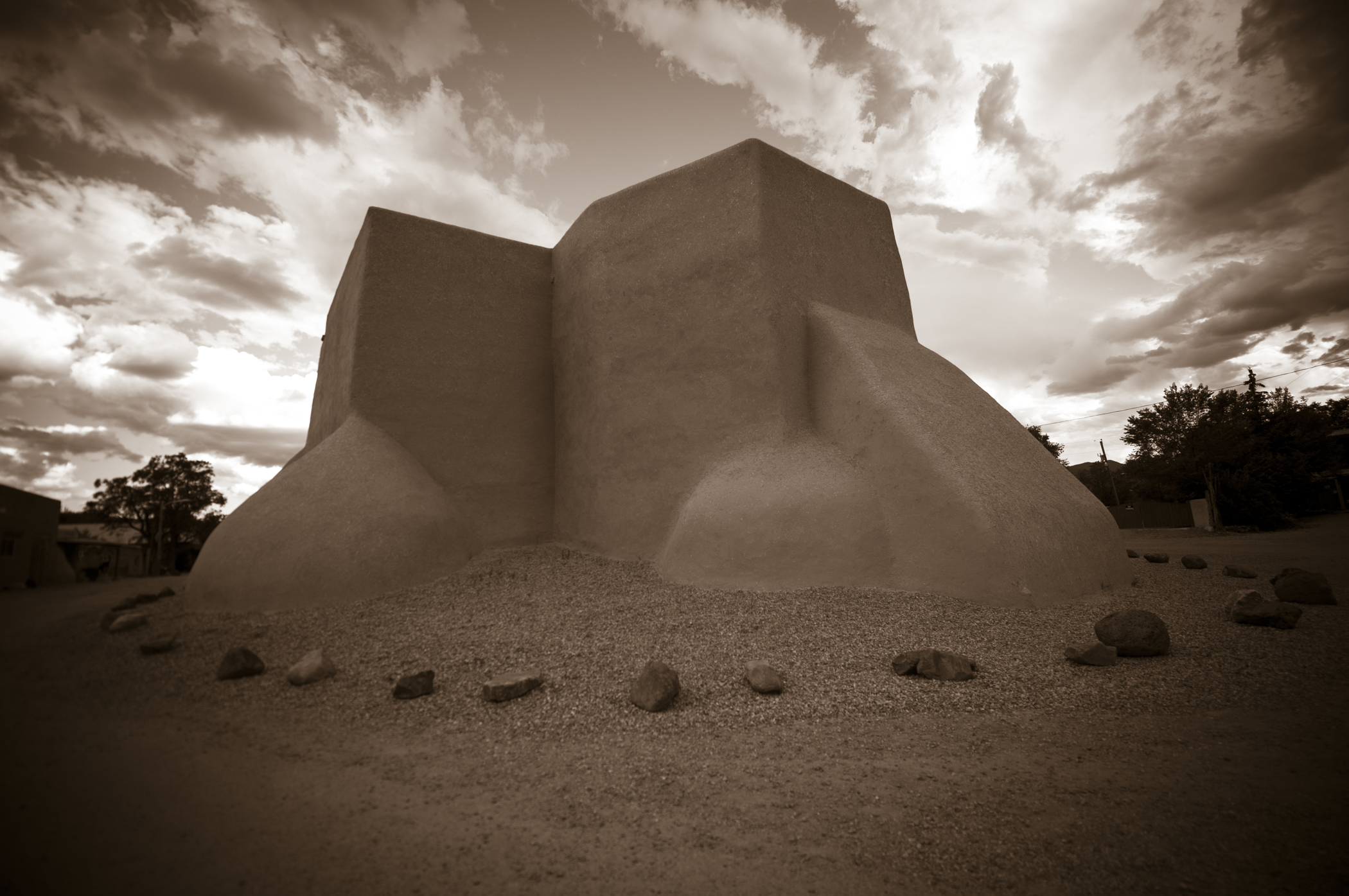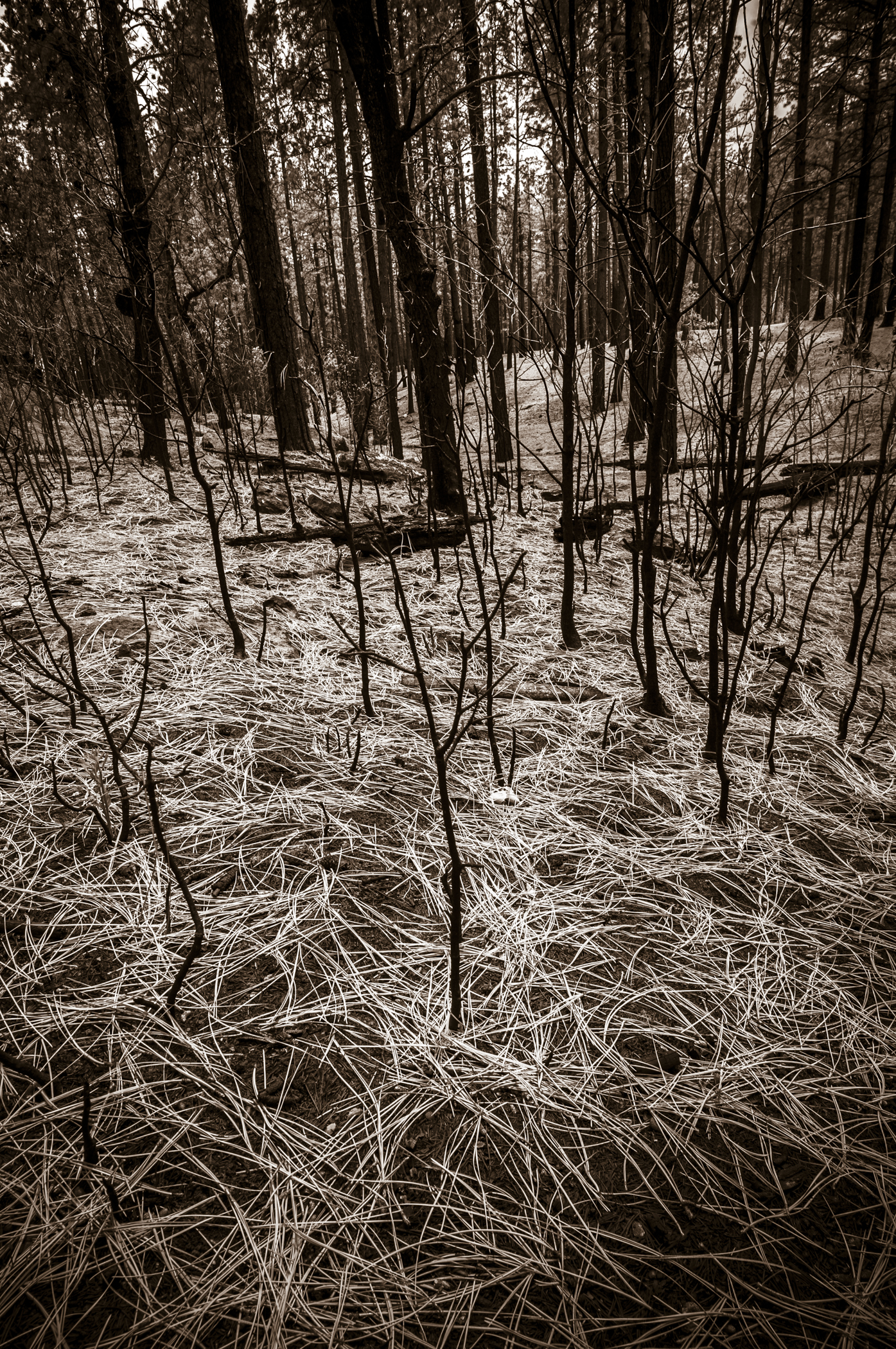


























We, Americans, have an origin mythology, a kind of cosmogonic myth that says America was first settled by the English Pilgrims (1620) at Plymouth, Massachusetts. Setting foot on a rock with vestal virgins in tow and the light of God warming them as they set upon the New World with a purpose and a manifest destiny. The facts are quite different.
The oldest continuously inhabited European-established settlement is, in fact, St. Augustine, Florida (1565).
While New Mexico did not become a state until 1912, another fact is that the oldest state capital in the United States is Santa Fe, which started being colonized in 1598 and was subsequently founded by Spanish colonists in 1610.
But New Mexico’s history is much, much, much older and deeper than any European interlopers. Some 12,000 years ago, Clovis Man, nomadic hunters, arrived and stayed.
Later the Anasazi (Ancient Puebloans), Mogollon, and Hohokam, all agricultural societies cultivated corn, squash, and beans.
Around 500 C.E. the dense settlements became more complex, as is evidenced by the Red Willows Pueblo de Taos a UNESCO World Heritage Site in Taos, one of the longest continuously occupied communities in the United States. https://taospueblo.com/home/
Then, strangely, many ancient sites were abandoned. Many successful and large pueblos like Chaco Canyon were left empty. The people relocated along the Rio Grande as well as to the Zuni and Acoma regions.
Just before the Spanish arrived, several groups of Athapaskan or Na-Dené speaking people (British Columbia/NW Canada/Alaska) appeared. The Navajo and Apache are this migration.
Navajo contact with both the Pueblos and the Spanish shifted the hunter gatherer culture to crop-farming and then to sheep and goat herding.
There are such diverse cultures of Native Americans in the Four Corners and New Mexico that it is not possible to sum up the sense of place and time and spirit in words. The air, the smells of sage and cottonwood, the six of seven human living zones, the stars, the critters, the light, and the skies that go on forever…and the colors.
The history and the threads and fabrics of Tewa, Pecos, Apache, Zuni, Hopi, Navajo… and the many groups within each group are as varied as their stories of creation, of time, of evolving being, of conflicts… of life.